📚 Meet Your New AI Tutor
Try new learning modes in ChatGPT, Claude, and Gemini
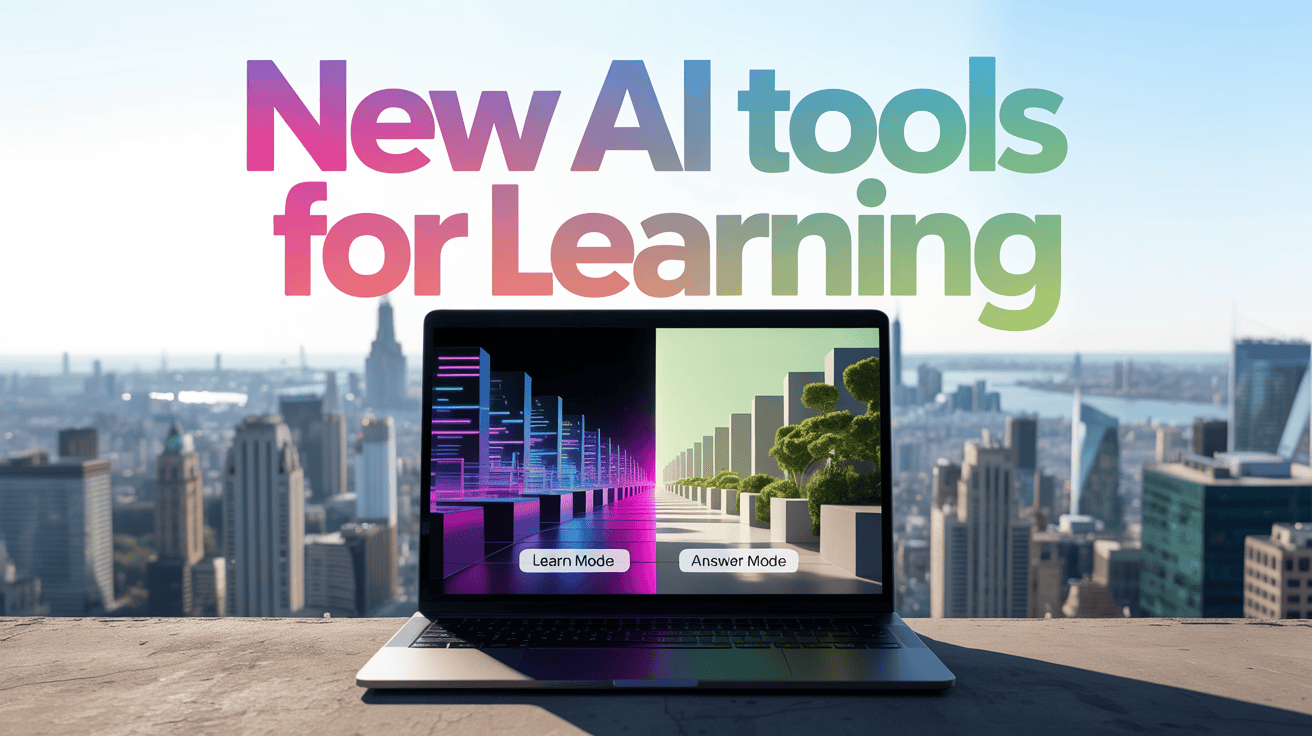
AI assistants are now more than simple answer machines. ChatGPT's new Study Mode, Claude's Learning Mode, and Gemini's Guided Learning represent a significant shift. Instead of just providing answers, these free tools act as adaptive, 24/7 personal tutors.
Sponsored Message
🎥 Guidde | Create how-to guides with AI
Tired of explaining the same thing over and over again to your colleagues?
Guidde is an AI-powered tool that helps you explain the most complex tasks in seconds with AI-generated documentation.
Turn boring documentation into stunning visual guides
Save valuable time by creating video documentation 11x faster
Share or embed your guide anywhere
Just click capture on the browser extension. The app will automatically generate step-by-step video guides complete with visuals, voiceover and call to action.
The best part? The extension is 100% free.
New Tools for Studying and Learning
ChatGPT Study Mode
Get Started: Select Study Mode from the plus menu when starting a new chat. [Screenshot]. Start with context. Tell ChatGPT what you want to learn, why, and what you already know. The model excels at adapting to your level and guiding you step by step.
My take: I’ve been experimenting with AI learning modes to understand the intricacies of venture capital investing. ChatGPT initially overwhelmed me with info [screenshot], then seemed to notice I was drowning and adjusted its pace. It must have seen my confused frown. 😵💫
Note: You can use “Study and learn” mode on mobile and with ChatGPT in a browser, but you can’t yet access it in the desktop app or within a ChatGPT Project. Below is a quick example of a dialogue in Study Mode 👇
Gemini Guided Learning
Get Started: Visit g.co/gemini/guidedlearning
My take: Gemini has been an excellent tutor. It replies concisely to my questions about venture capital. For example, so far it has:
Quizzed me (try a basic example)
Created a helpful infographic
Generated an audio overview, in the style of NotebookLM
Made me a custom Web page
Shared simple digital flashcards
The tangible artifacts help me visualize concepts and test my own understanding. The model takes a minute or so to produce infographics and a little longer to create audio overviews. I’m repeatedly returning to these materials to review what still feels fuzzy — arcane details of valuation, cap tables, dilution, and convertible notes. Below is an example of a scientific infographic 👇
Other Google Learning Tools
Illuminate turns academic papers and research into audio summaries
Learn About responds thoroughly and helpfully to any inquiry
Learning Coach Gem is an assistant you can chat with.
Little Language Lessons offers quick takeaways.
LearnLM is Google’s family of language models for learning, grounded in educational research.
Claude Learning Mode
Get Started: Select "Learning" from the style menu. This step initially confused me because the other options in that menu are writing styles.
My take: Claude's scenario-based questions —like these— push me to think through real-world situations to practice applying what I’m learning.
Tips: As you learn, ask Claude to create artifacts—little interactive apps— that help you practice what you're learning. Also request occasional challenges, case studies, or quizzes.
Advantage: Unlike ChatGPT, you can use Learning Mode within Claude Projects. That allows you to benefit from personalized learning alongside your uploaded documents and context. So you can upload a slew of files, reports, and research resources and let Claude tutor you on those materials.
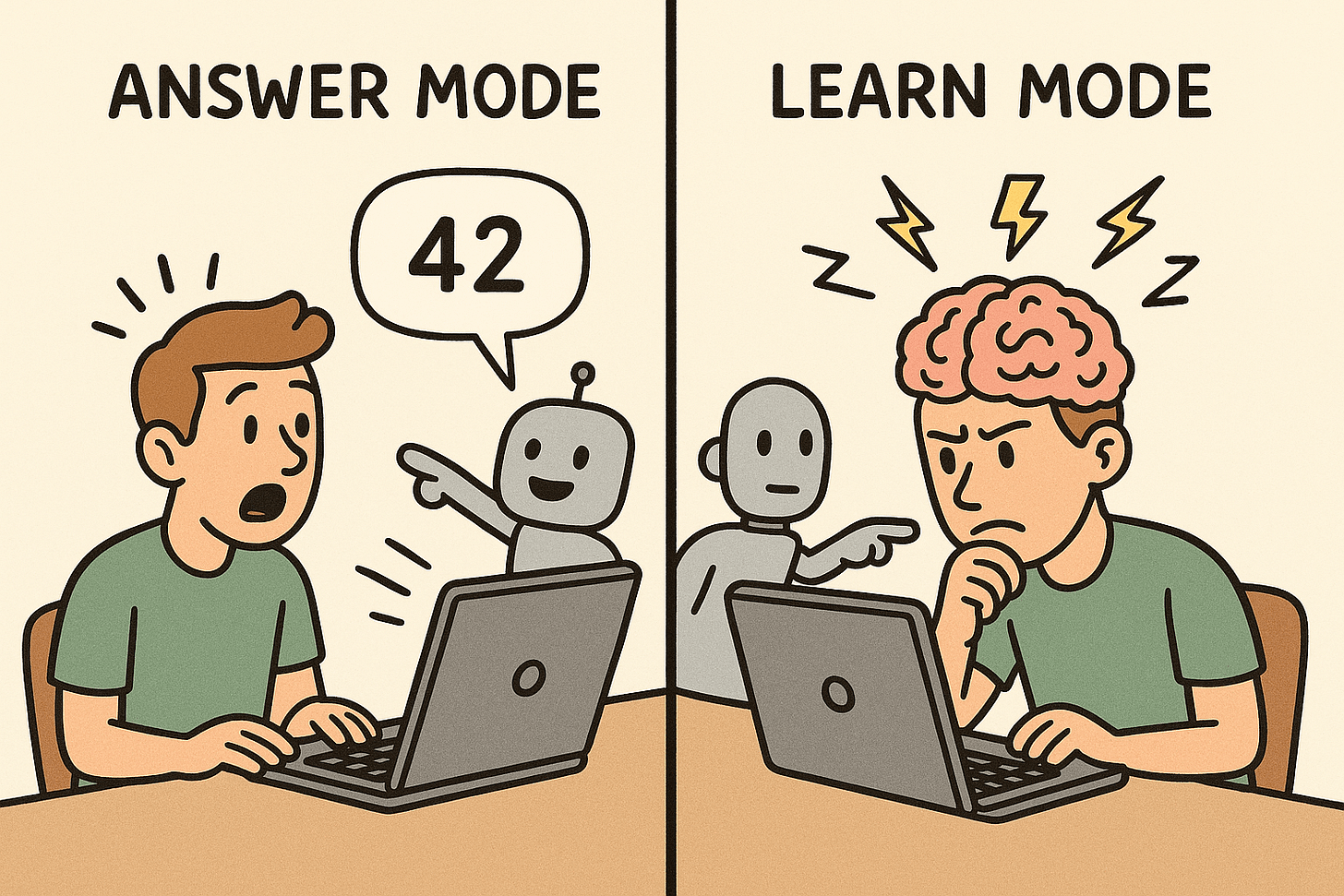
Learn Mode vs. Answer Mode 🌟
Turn on the learning features for any of these AI assistants and you’ll quickly notice the difference.
Learning modes use Socratic questioning — asking rather than telling.
They adapt to your level of understanding.
They nudge you to make your own observations.
They help you test your understanding with informal quizzes.
They guide you step-by-step through complex topics rather than rushing to throw answers at you.
In learning mode, these assistants feel like tutors; in standard mode they’re more like interactive encyclopedias.
The difference is significant. On previous occasions when I wanted to analyze data, I'd ask for quick insights. In study mode I've learned, among other things, how to use pivot tables more effectively so I can analyze data more thoroughly myself. Rather than getting fish handed to me, I'm learning to fish.
Topics to try in learn mode
“How do tariffs impact supply chains?” or “How does cryptocurrency work?”
“Guide me through the basics of [science/math concept]”
“In what ways might Shakespeare have influenced Montaigne’s essays?”
“How do private equity firms operate? Help me understand the nuances.”
4 Ways to Learn with AI 📚
1. Understand a complex concept or skill 💪
What it's for: Work or school topics you need to grasp thoroughly, or just topics you’re curious about
My experience: I'm using AI study modes to review probabilities for dice, tile and card picking for tabletop games like Qwixx, Splendor, Azul, Point Salad, and backgammon. The AI helps me move forward step-by-step, checking my progress and slowing down when I get confused. I like being able to ask dumb questions without embarrassment. 🫢
2. Indulge your intellectual curiosity 🤔
What it's for: Topics you find fascinating. Learning for its own sake.
My experience: After reading Hernán Díaz’s Trust recently, I went down a rabbit hole learning about metafiction (stories within stories) and polyphony (stories from multiple vantage points) and discovering new connections between various authors.
This pure intellectual exploration feels different from work-focused learning. It's driven by curiosity rather than necessity. I like that I can leap from tangent to tangent whenever I feel like it. I can also stop suddenly and return to a thread days later. The assistant loses no momentum and continues as if we never paused.
3. Deepen your expertise
What it's for: Expand your understanding of something you’ve already studied.
My experience: I'm using AI learning modes to explore connections between classical composers whose music I’ve spent my life listening to and playing. I’m also sharpening the way I use spreadsheets for data analysis. The AI builds on what I already know, rather than starting from scratch.
4. Learn how to learn
What it's for: Discover how you learn best. Learn about learning and how to sharpen your brain.
My experience: I'm experimenting with AI learning approaches to see what works best for me, and getting to know more about learning science. Most valuable so far: Gemini's quizzes and infographics, Claude's short answer questions, and practicing summarizing and expanding on ChatGPT’s explanations.
The most useful learning mode features
Short quizzes with instant feedback that force me to apply what I’m learning
Scenarios I have to analyze that force me to make nuanced distinctions
Realistic case studies that require me to summarize new concepts
Asking as many dumb questions as I want
Requesting tangible learning artifacts, like infographics, audio overviews, flashcards, and tables
In my own teaching (at CUNY’s Newmark Graduate School of Journalism) I’m planning to incorporate more formative micro-assessments — brief in-class ungraded quizzes using tools like Slido and Socrative to help me check what students understand and to give them more tiny opportunities to practice what we’re learning.


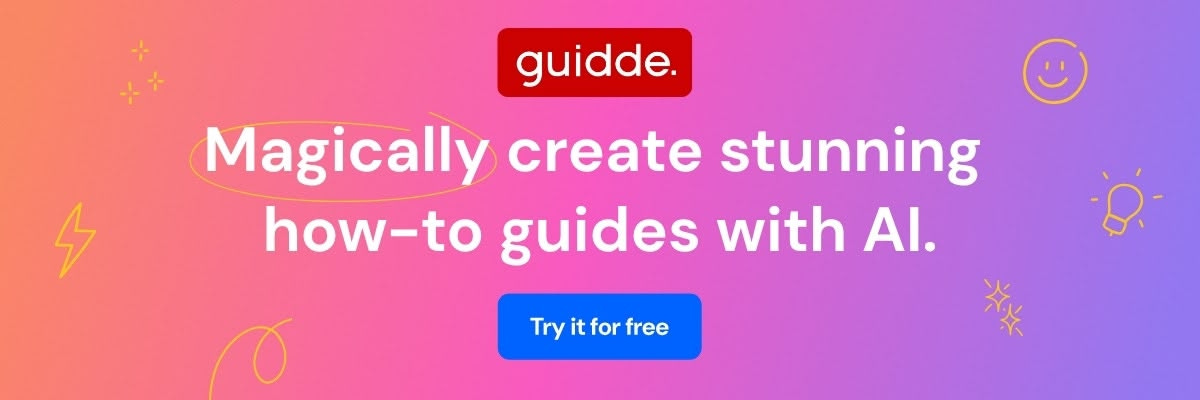
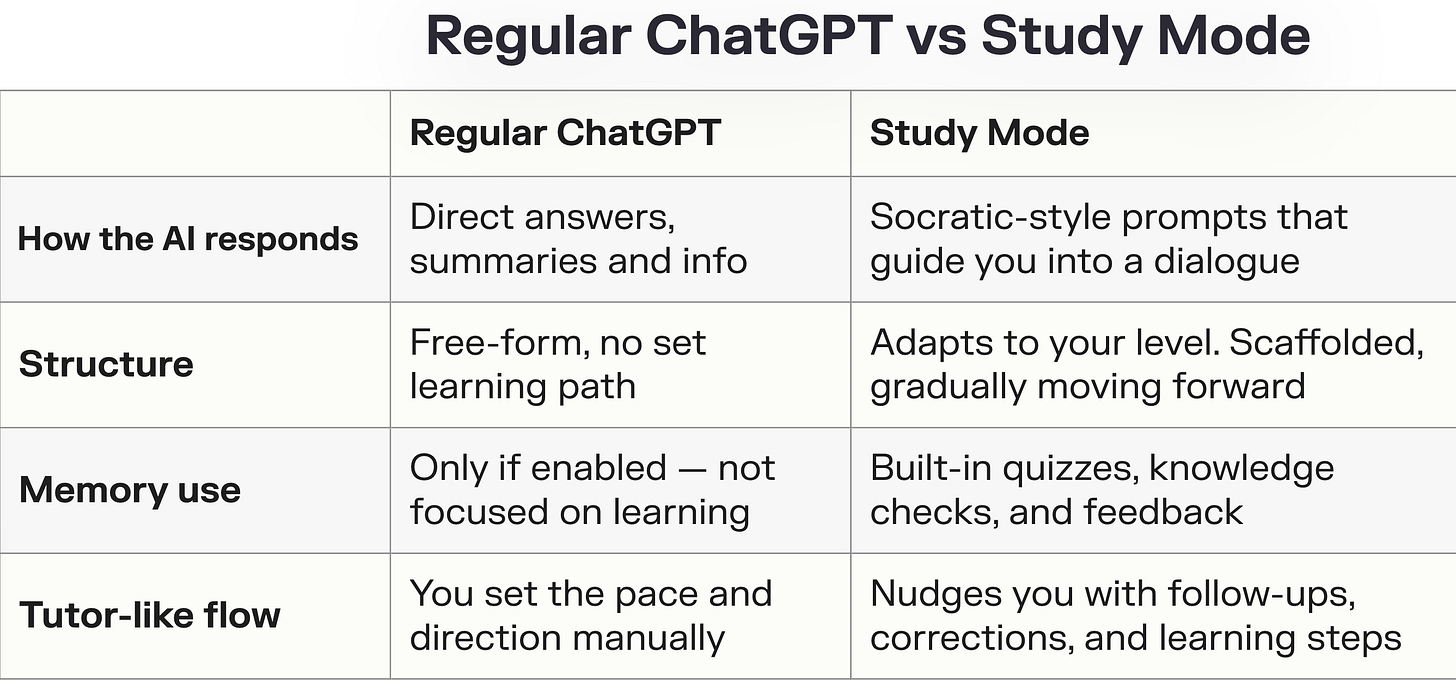
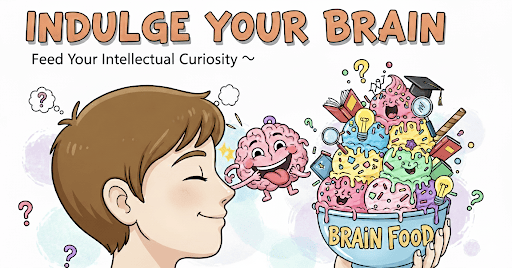
Would NotebookLM be able to do the same? I mean, if you upload textbooks and a syllabus, will it aid in studying in the same Socratic Questioning style?
One of the best posts on learning through AI. I admire your work and look forward to more such insights. Kudos Jeremy !